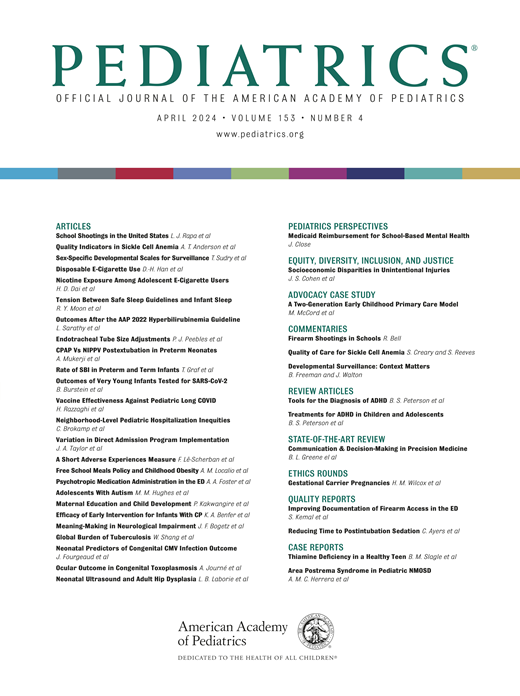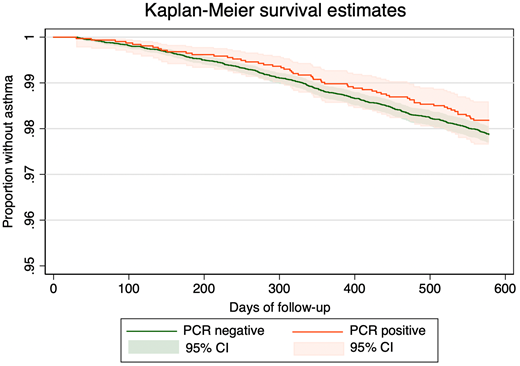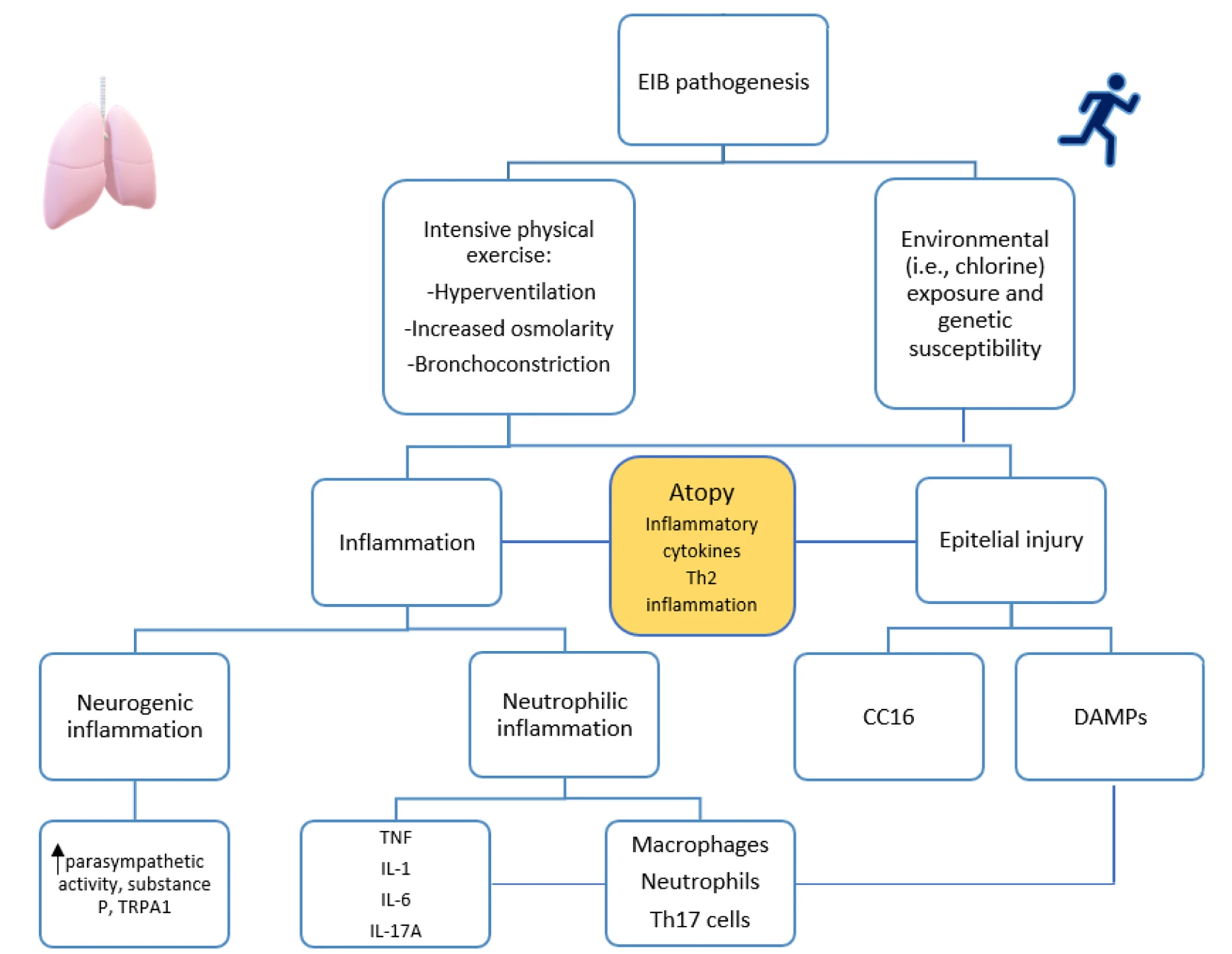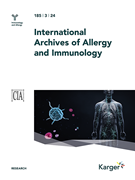Cherrez-Ojeda I, Bousquet J, Giménez-Arnau A et al. J Allergy Clin Immunol Pract. 2024 Apr 9:S2213-2198(24)00349-0. doi: 10.1016/j.jaip.2024.03.050.
Abstract
Background: Patient-reported outcome measures (PROMs) are validated and standardized tools that complement physician evaluations and guide treatment decisions. PROMs are crucial for monitoring atopic dermatitis (AD) and chronic urticaria (CU) in clinical practice, but there are unmet needs and knowledge gaps regarding their use in clinical practice.
Objective: We investigated the global real-world use of AD and CU PROMs in allergology and dermatology clinics as well as their associated local and regional networks.
Methods: Across 72 specialized allergy and dermatology centers and their local and regional networks, 2,534 physicians in 73 countries completed a 53-item questionnaire on the use of PROMs for AD and CU.
Results: Of 2,534 physicians, 1,308 were aware of PROMs. Of these, 14% and 15% used PROMs for AD and CU, respectively. Half of physicians who use PROMs do so only "rarely" or "sometimes". AD and CU PROM usage is associated with being female, younger, and a dermatologist. POSCORAD and UAS were the most utilized PROMs for AD and CU, respectively.











